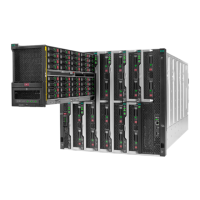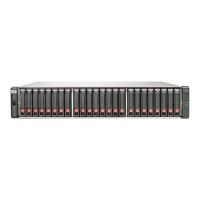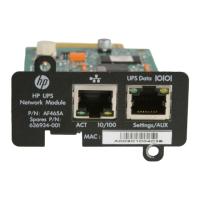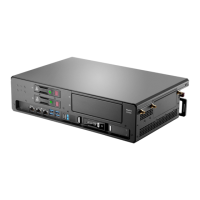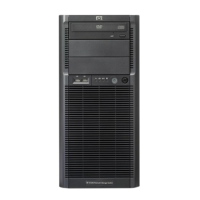SCS commands 58
Table 5-11 Port Set command parameters
Parameter Description
GROUP=<group> Group name, up to eight characters. Group names are case-sensitive. If the name contains
spaces, enclose the name in double quotes.
If the port was previously assigned to a group and a Port Set command is issued with a
different group specification, the most recent group name is assigned. This is not valid for the
console port.
Example
The following command sets a baud rate of 57600 and enables XON/XOFF flow control on port 2.
> port 2 set baud=57600 flow=xonxof
Port Set In/Out
The Port Set In/Out command specifies how carriage returns (CR) and linefeeds (LF) are treated in incoming or
outgoing serial data on one or all ports.
Access right: SCON or PCON
Access level: ADMIN or APPLIANCEADMIN
Syntax:
port [<port>|all] set in|out [cr=<cr>] [lf=<lf>|crlf=cr]
Table 5-12 Port Set In/Out command parameters
Parameter Description
<port> Port number or name.
Default = Port to which you are attached
ALL Indicates that the port settings that follow should be applied to all ports except the console port.
IN|OUT Either In to specify translation for incoming data or Out to specify translation for outgoing
data.
CR=<cr> Translation to be made for carriage returns. Valid values are:
CR=CR—Carriage return is treated as a carriage return.
CR=LF—Carriage return is treated as a linefeed.
CR=STRIP—Carriage return is stripped.
CR=CRLF—Carriage return is treated as a carriage return and linefeed.
Default = CR=CR
LF=<lf>|CRLF=CR Translation to be made for linefeeds. Valid values are:
LF=LF–Linefeed is treated as a linefeed.
LF=CR–Linefeed is treated as a carriage return.
LF=STRIP–Linefeed is stripped.
CRLF=CR–Linefeed is stripped only if it is preceded by a carriage return. This LF setting cannot
be specified with any other LF setting.
Default = LF=LF
Quit
The Quit command terminates the current SCS session and terminates your Telnet connection to the unit.
Access right: None needed
Access level: All
Syntax:
quit
Resume
The Resume command exits the CLI and resumes your connection to the attached serial device. The history buffer
contains any data received while you were in CLI mode.

